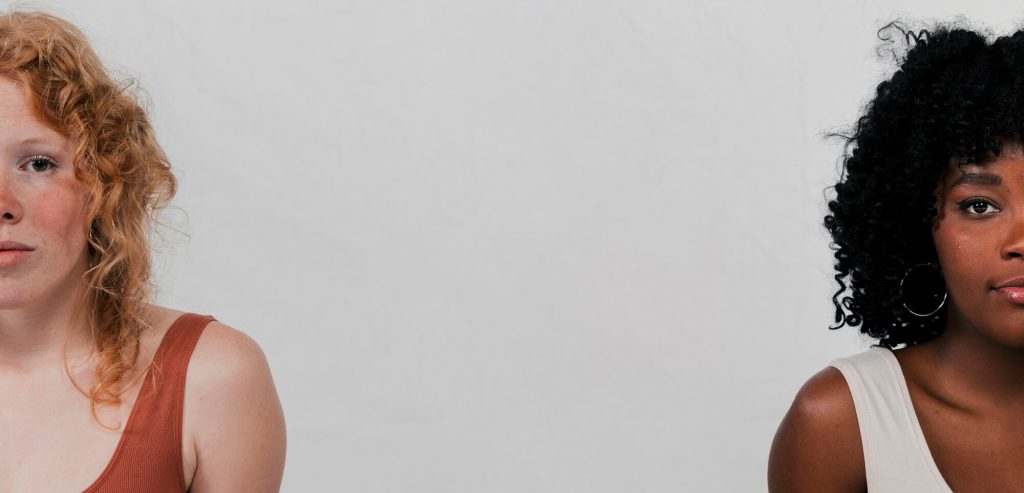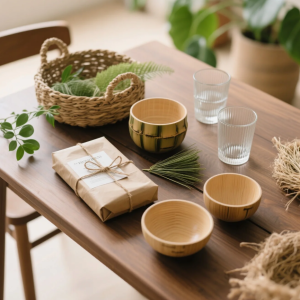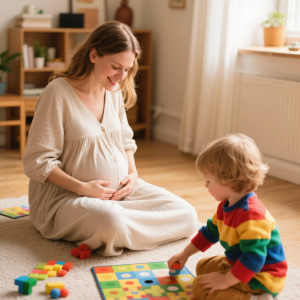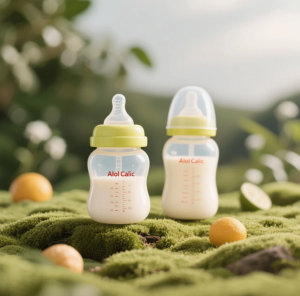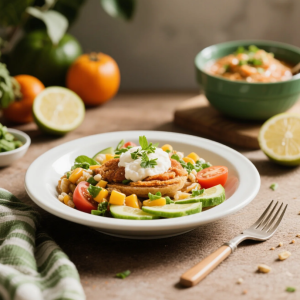
Welcoming a baby into the world is a joyful experience, and watching them grow, explore, and play is one of the most rewarding parts of parenthood. But when it comes to baby toys, parents are often left wondering: What’s safe? What’s suitable for my baby’s age? And, most importantly, what will actually keep them engaged?
In this ultimate guide, we’ll break down everything you need to know about choosing age-appropriate, safe, and developmentally enriching toys for your baby. From newborns to toddlers, we cover it all—so your little one can learn and play with confidence.
😺 Why Toy Safety Should Be Your #1 Priority
Before diving into toy suggestions by age group, it’s crucial to understand what makes a baby toy safe.
What to Look For:
- Non-toxic materials: Choose BPA-free plastics, untreated wood, and non-toxic paints.
- No small parts: Avoid choking hazards for babies under 3 years.
- Sturdy construction: No loose parts, sharp edges, or breakable elements.
- Easy to clean: Babies put everything in their mouths, so washable or wipeable toys are best.
- Age-appropriate labels: Follow manufacturer guidelines for age recommendations.
🍼 Toys for Newborns (0–3 Months)
At this stage, babies are just beginning to explore the world through sight, sound, and touch.
Best Toy Types:
- High-contrast black & white toys: Helps stimulate newborn vision.
- Soft rattles: Gentle noise attracts attention without overwhelming.
- Mobiles: Visual stimulation when hung above cribs.
- Tummy time mats: Encourages neck and back strength.
Top Pick: Lovevery’s The Looker Play Kit
Designed by child development experts, this kit includes high-contrast cards, a mirror, and soft textures perfect for new babies.
🌈 Toys for Infants (3–6 Months)
Now your baby is starting to grasp, reach, and interact more with their surroundings.
Best Toy Types:
- Grasping toys: Promote motor skills and hand-eye coordination.
- Teething toys: Safe to chew, soothing for sore gums.
- Interactive plush toys: Provide textures, crinkle sounds, or soft music.
- Activity gyms: Encourage movement and sensory play.
Top Pick: Manhattan Toy Winkel Rattle and Teether
This BPA-free toy is easy to grab, chew, and shake—a triple win for sensory development.
🌟 Toys for Babies (6–9 Months)
Your baby is likely sitting up, maybe even crawling. Playtime gets more interactive and fun.
Best Toy Types:
- Stacking rings: Foster early problem-solving skills.
- Soft blocks: Safe for stacking and knocking over.
- Musical toys: Encourage cause and effect learning.
- Peek-a-boo books: Build object permanence.
Top Pick: Fisher-Price Laugh & Learn Smart Stages Puppy
This plush toy responds with songs and phrases that teach body parts, colors, and more.
💪 Toys for Older Babies (9–12 Months)
At this stage, mobility increases and babies crave exploration.
Best Toy Types:
- Push-and-pull toys: Strengthen leg muscles and coordination.
- Activity tables: Offer a variety of sounds, lights, and buttons.
- Nesting cups: Teach concepts like size and sequencing.
- Interactive books: Flaps, textures, and bright images hold attention.
Top Pick: VTech Sit-to-Stand Learning Walker
Helps with walking practice while engaging baby with lights, songs, and manipulatives.
🎉 Toys for Toddlers (12–24 Months)
Your baby is now officially a toddler—full of curiosity, energy, and opinions.
Best Toy Types:
- Building blocks: Spark creativity and motor development.
- Ride-on toys: Promote balance and coordination.
- Pretend play sets: Encourage imagination (think kitchen or doctor kits).
- Simple puzzles: Enhance problem-solving and spatial awareness.
Top Pick: Mega Bloks First Builders Set
Big, colorful blocks that are easy to stack and hard to lose—a toddler favorite.
🚀 Bonus: Toys That Grow with Your Child
Investing in a few toys that adapt to your child’s development can save money and space.
Great Long-Term Toys:
- Convertible play gyms: Start flat, then turn into tents or activity centers.
- Modular building sets: Add new pieces as skills grow.
- Books: From board books to simple stories, reading together never goes out of style.
🤔 Toy Buying FAQs
Can I use hand-me-down toys?
Yes, but inspect them for wear and ensure they meet current safety standards.
Are wooden toys better than plastic?
Not necessarily. Wooden toys are eco-friendly and durable, but safe plastic toys can offer sound, light, and movement features.
How many toys does a baby really need?
Quality beats quantity. A few well-chosen toys tailored to their stage are better than a mountain of clutter.
💡 Final Thoughts: Choosing with Care
Selecting the right toy isn’t just about fun; it’s about supporting your baby’s development, encouraging curiosity, and creating joyful moments. Choose toys that are safe, appropriate for their age, and offer diverse sensory experiences.
Your baby won’t remember the brand or the price tag—but they’ll remember the joy of playing, discovering, and learning with you. And that’s what really counts.
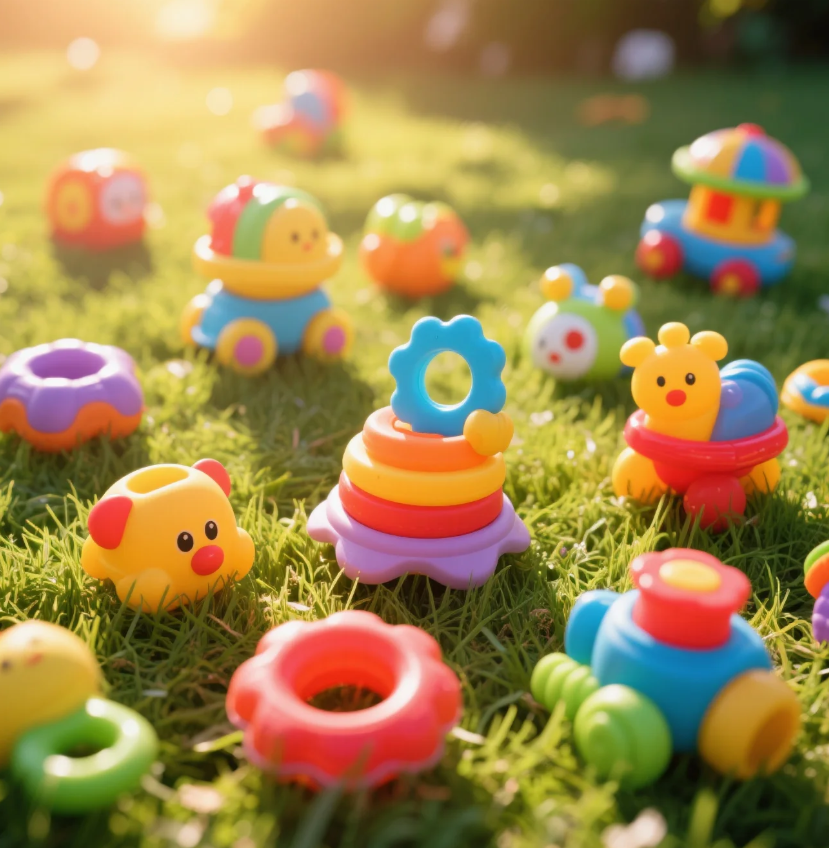
Disclaimer: Product availability and safety standards may vary by region. Always supervise your baby during play and check product recalls regularly.
